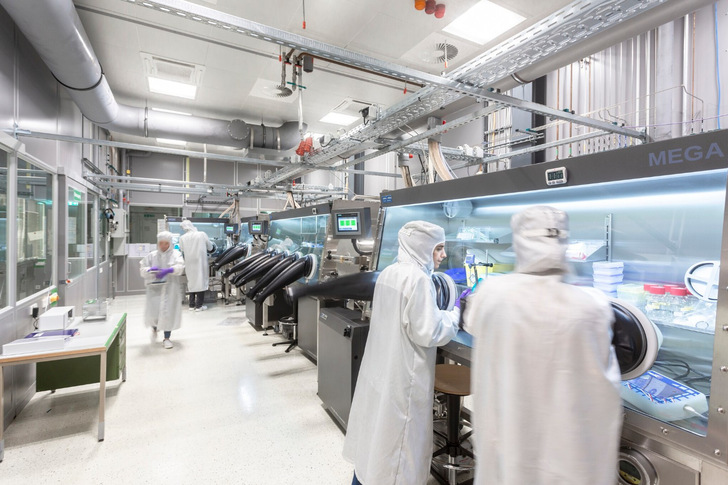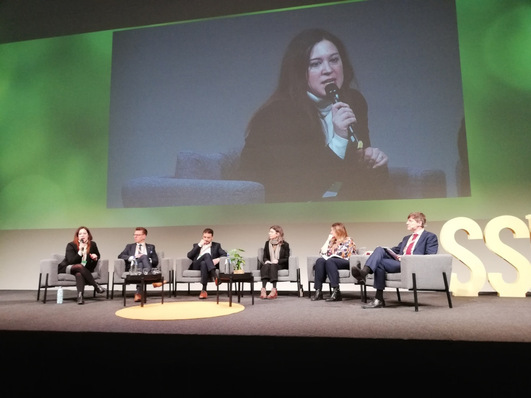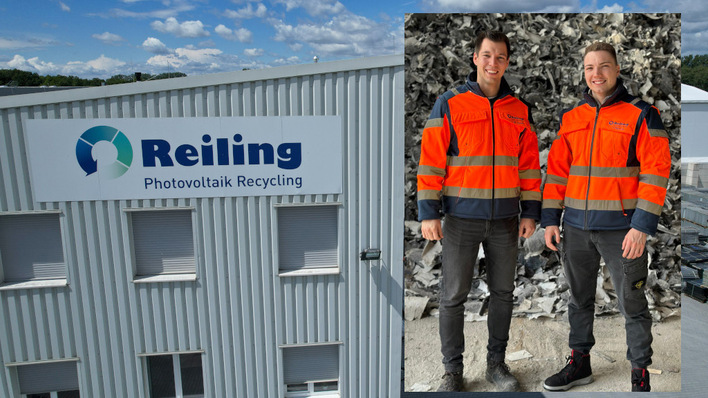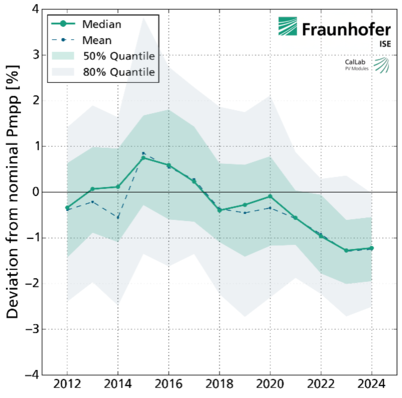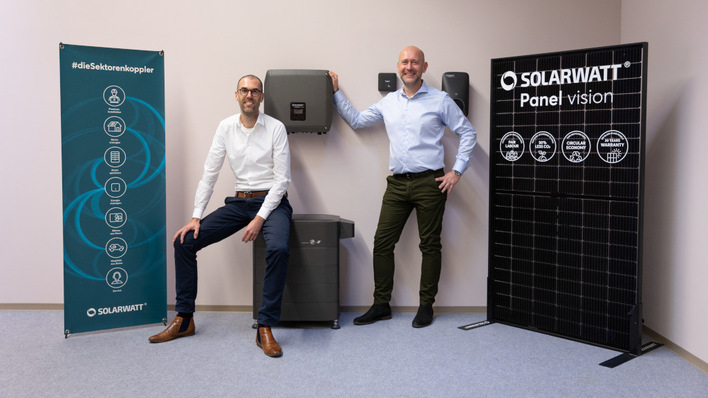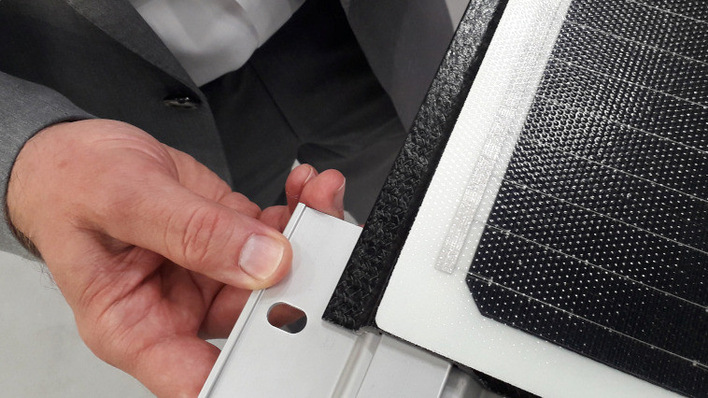Fraunhofer ISE is now building an independent technology platform to scale perovskite silicon tandem solar cells and modules. The aim of the two projects, Pero-Si-Scale and Liverpool, is to further develop and analyse cell and module designs and their manufacturing processes.
See also: Meyer Burger working on the industrialisation of perovskite modules
This should enable a faster transfer to industry. With the Pero-Si-Scale platform, processes, technologies and competences are to be established and developed in order to produce solar cells and modules on the industrial wafer format M12 perovskite silicon. "We are building a process line for this by the end of 2024," says Martin Hermle, project manager for the development of the technology platform at Fraunhofer ISE.
Spin coating method
This includes equipment for vacuum deposition and wet chemical coating processes for the perovskite subcell of the tandem solar cell. At the module level, he said, a next-generation industrial adhesive stringer will be available for the development of the manufacturing processes.
Also, a luminescence system for process control of the interconnection process. "In addition, the project will allow us to extend the characterisation, calibration and quality analysis of solar cells and modules at Fraunhofer ISE to large wafers," Hermle explains.
The Liverpool project
For the production of the one-square-centimetre laboratory cells used so far, the most commonly used method is wet-chemical spin coating. This method is practical for small laboratory formats and enables rapid testing of new cell designs. However, spin coating is not scalable to industrial substrate sizes.
Also interesting: Coloured solar modules reach market maturity
The platform therefore focuses on vapour deposition processes for applying the perovskite subcell to the silicon subcell, as well as the contacts. The development of industrially feasible, vacuum-based evaporation methods for perovskite materials and contact layers is then the goal of the Liverpool project. (nhp/mfo)


